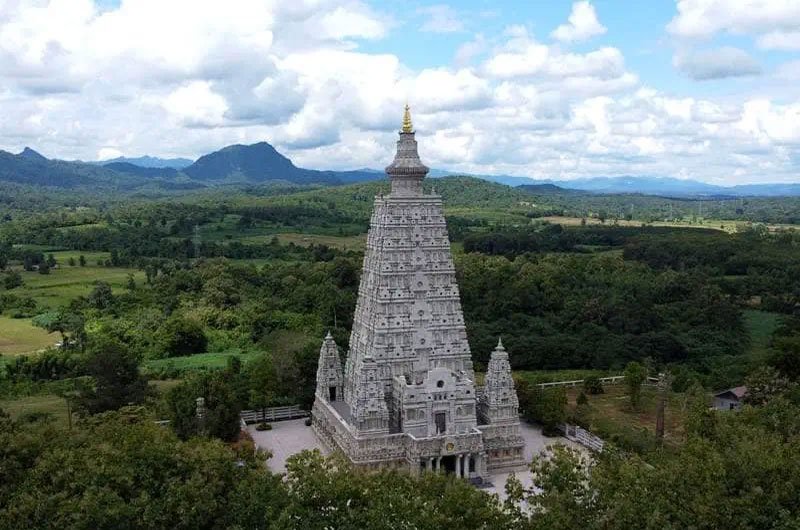
Mahabodhi Temple: Where Enlightenment Dawned – A World Heritage Site
The Mahabodhi Temple Complex, located in Bodh Gaya, Bihar, India, is a UNESCO World Heritage Site of immense spiritual significance. It marks the place where Gautama Buddha attained enlightenment under the Bodhi Tree around 2,500 years ago. The temple complex stands as a symbol of Buddhism’s profound influence on Indian culture and spirituality.
Historical Background
- Origins and Significance
- Constructed during the reign of Emperor Ashoka in the 3rd century BCE.
- Represents one of the oldest brick structures in India, marking the site of Buddha’s enlightenment.
- Cultural and Religious Importance
- A revered pilgrimage site for Buddhists from around the world.
- Symbolizes the birth and spread of Buddhism across Asia.
Architectural Marvel
- Design and Structure
- Built in traditional Indian architectural style with a pyramidal spire.
- Houses a large central tower surrounded by smaller stupas and shrines.
- Features intricate carvings depicting scenes from Buddha’s life and teachings.
- Notable Features
- Bodhi Tree: Descendant of the original tree under which Buddha attained enlightenment.
- Vajrasana (Diamond Throne): The sacred spot where Buddha sat in meditation.
- Votive Stupas: Built by pilgrims over the centuries, symbolizing their devotion.
Specialty of Mahabodhi Temple
- Spiritual Significance
- Revered as the place where Buddha achieved enlightenment (Bodhi).
- Central to Buddhist pilgrimage and meditation practices.
- Architectural Legacy
- Represents early Indian brick architecture and Buddhist art.
- Served as a model for Buddhist temples across Asia.
Tourism Aspects
- Visitor Experience
- Guided tours available in multiple languages.
- Meditation sessions and spiritual retreats offered by monastic communities.
- Well-maintained pathways and serene ambiance conducive to contemplation.
- Nearby Attractions
- Great Buddha Statue: A 25-meter tall statue of Buddha, located near the Mahabodhi Temple.
- Bodhgaya Archaeological Museum: Houses a collection of Buddhist relics and artifacts.
- Dungeshwari Cave Temples: Where Buddha undertook austere practices before attaining enlightenment.
- Events and Festivals
- Buddha Purnima: Celebrated annually to mark Buddha’s birth, enlightenment, and death.
- Kalachakra Initiation: A significant Tibetan Buddhist ritual occasionally held at Bodh Gaya.
Impact on Locality
- Economic Significance
- Major contributor to the local economy through tourism and pilgrimage.
- Supports local businesses, hotels, and restaurants.
- Cultural Influence
- Enhances community pride and historical awareness.
- Promotes intercultural dialogue and understanding among visitors.
Preservation and Challenges
- Conservation Efforts
- Managed by the Archaeological Survey of India (ASI).
- Ongoing restoration and maintenance to preserve the sacred and historical integrity of the site.
- Environmental Concerns
- Impact of weathering and environmental degradation.
- Measures to control visitor impact and ensure sustainable tourism practices.
Conclusion
The Mahabodhi Temple Complex stands as a timeless monument to the spiritual journey of Gautama Buddha and the enduring legacy of Buddhism. As a UNESCO World Heritage Site, it not only attracts pilgrims and tourists from all corners of the globe but also serves as a beacon of peace, enlightenment, and cultural heritage. The ongoing efforts to preserve and protect this sacred site ensure that it continues to inspire and uplift visitors for generations to come.
